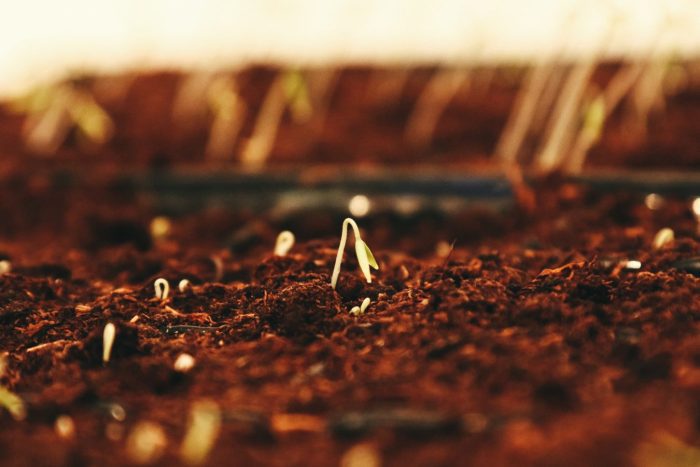It’s June, meaning the first month of summer has finally arrived! Hopefully, you and your garden are about to enjoy long days filled with sunshine and rising temperatures. If you’ve been keeping up with your monthly gardening jobs throughout spring, by now your garden should be a map of steadily developing plants and fertile ground.
Now that the busiest gardening month is here, it’s time to build on your hard work by putting those green fingers to work by following our gardening tips for June!
Gardening in June – what do you need to do?
To ensure your garden thrives during summer, you need to plant out your summer plants, and keep a close eye on your lawn, flowers, and crops every day throughout June.
Whilst it may seem like a lot of hard work, you’ll certainly reap what you sow in terms of a flourishing garden throughout summer! So, here are our expert tips and list of vital gardening jobs to do during June:
1. Tend to your flowers
The hallmarks of a beautiful and colourful garden are eye-catching flowers, potted plants, shrubs, and hanging baskets. But how do you manage your garden plants in June?
Planting and hardening off
As a keen gardener, you’ve likely been tending to your summer plants indoors, or within a greenhouse, in anticipation of outdoor planting this June.
We recommend planting your summer bedding plants and hanging baskets out after the chances of frost have reduced – in the UK, this is typically between late May and early June. This goes for plants grown from seed, plug plants, and container plants.
Any summer plants raised indoors will need to be hardened off for around two to three weeks before being planted in your garden. This process simply helps to acclimatise your plants to lower humidity, increased air movement, and cooler temperatures, enabling their survival.
Hardening off involves positioning these plants in a sheltered spot within your garden during the day, covering them with a fleece and then bringing them indoors at night. As the weeks go on, the fleece should be removed during the day, but used again as the plants are left outside overnight.
Prune shrubs and trim perennial plants
Pruning your flowering shrubs has many advantages, such as encouraging more flowers to grow, keeping your shrubs healthy, and making them look much neater.
Additionally, trimming and deadheading perennial plants, such as peonies, towards the end of June will help to encourage a second flush of blooms in late summer, or early autumn.
2. Get to work on your vegetable garden in June
There are plenty of crops to plant out and harvest whilst gardening in June, and while the list of things to sow begins to shrink, some seeds still need spreading in time for the autumn harvest.
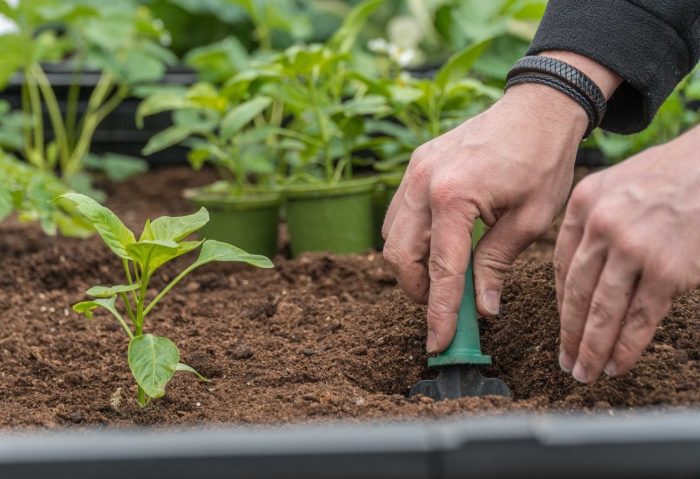
Plant out your young vegetables
Similar to your summer plants, many of your greenhouse crops will be ready for planting out this month – yay! With a minimal chance of frost and cold snaps, it’s a great time to plant out the following:
- Aubergines – plant by the end of June to grow to their full potential.
- Summer cropping cauliflower seedlings
- Hot peppers and chillis – but they must be hardened off first.
- Young celery plants
- Tender vegetables – such as tomato plants, pumpkins, and sweet peppers.
Seeds to sow in June for an autumn harvest
In addition to planting out young plants, June is also a time to sow particular seeds that will mature in time for the Autumn harvest.
- Salad crops, including lettuce, radishes, and beetroots – sow throughout this month for an early autumn harvest. Check out tips for growing beetroots for an in-depth guide.
- Carrots – June is the last month to sow the main carrot varieties – if you’re short on space, consider growing carrots in containers. It’s a quick and simple method to squeeze in an extra crop!
- Kale seeds – continue sowing in seed trays or pots this month, ready for planting out in July to provide an autumn/winter harvest.
- Sweetcorn, peas, cucumbers, and runner beans – can be sowed into outdoor beds if your soil is warm enough.
Harvesting
Many crops will be ready for picking this June depending on the seeds sown earlier in the year. So, which vegetables are typically harvested in late spring/early summer?
- New potatoes – early varieties, such as Maris Bard.
- Garlic – whether its leaves are green or slightly yellowing, garlic can be removed from the soil this month. Please note: green leaf crops should be used soon after harvesting, while yellow leaf harvests are great for storing.
- Radishes – if sown successively, June harvests will be a product of late April or early May sowings.
Broad beans – if they were sown in March or April.
3. Look after your fruit trees
June is a very active month for fruit trees. So, if you’re lucky enough to own an orchard or just a few fruit trees, you’ll need to pay extra attention to them whilst gardening in June. Here’s some tips:
- Thin your fruit – lowering the volume of fruits per tree will boost the growth of the remaining fruit, providing you with juicy produce, and a healthy crop next year.
- Prune your fruit trees and greenage – this will help to improve the crop.
- Ensure your young fruit trees have moist soil – on top of your standard watering schedule, you should add an extra watering can per week.
- Add plenty of organic matter to your soil – organics, especially liquid seaweed fertilisers such as our Envii SeaFeed Xtra, are particularly beneficial to your trees, providing them with the essential nutrients they need to blossom.
- Cover your fruit bushes with netting – it’s not just people who enjoy succulent fruits – birds can’t resist a cherry or two either! Cover your cherries, strawberries, and any other fruit bushes with netting to prevent any raids.

4. Keep on top of your garden maintenance
Your typical garden tasks require a little more attention during June:
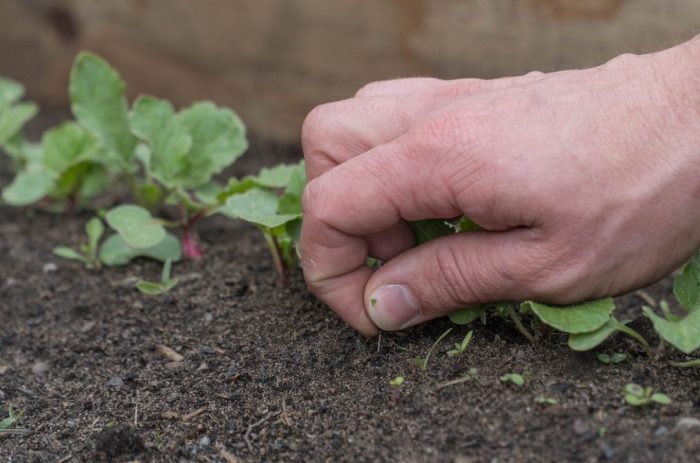
Watering
Begin a regular watering routine across the whole garden whilst gardening in June to prevent drying out – this goes for plants, crops, and your lawn. Be sure to water daily in the early morning and evening.
Newly planted outdoor plants should be your priority to help them establish in their new growing environment. But pot and container-growing crops will also benefit from a healthy watering schedule, too!
Also, be sure to use water wisely around the garden in case of drought or a hosepipe ban – we recommend adopting a water-saving approach to gardening early to help you (and your plants) survive a dry season.
Feed your plants and lawn
Feeding your plants, lawn, and crops with fertiliser has a host of benefits and contributes to a blossoming and lush garden in June. Natural fertilisers, such as seaweed liquid feed, are great at improving root development and crop yield.
For plants, hedges, shrubs, and crops, we recommend fertilising every 7 days.
For lawns, you should typically apply fertiliser every two weeks for luscious and vibrant results.
Weed Control
While the extra warmth and sunshine in June will work wonders for your developing plants, surrounding weeds will also flourish from it. Keep on top of garden weeds by regularly hoeing. Dry conditions are best for hoeing, as this will help to destroy weed seedlings and prevent future weeds from growing.
Mowing your lawn
Whilst gardening in June, you should mow your lawn regularly, preferably once every week. This routine helps to keep your lawn looking healthy, dense, and neat. However, during dry spells consisting of hot days, you should leave your grass a little longer so it can cope more easily.
A good tip is to throw any grass trimmings into your compost pile in thin layers – how’s that for a sustainable garden in June?
5. Fighting pest attacks
Things might be drier around the garden this month, but there’s still a risk of a slug attack following a short spell of rain. Protect your young tender plants and established greenery from pests with an effective slug and snail control treatment.
There are natural and animal-friendly ways to fend off slugs and snails, such as our Envii Feed & Protect, which simply alters the taste of foliage – but don’t worry, you won’t notice the difference!
You can also protect your crops from pests, such as carrot fly and cabbage root fly, with insect-proof netting.
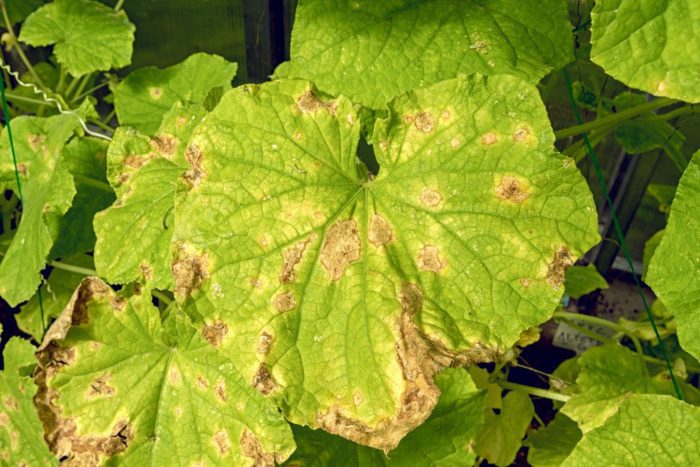
6. Monitor your greenhouse
The warm weather will surely affect your greenhouse temperatures and humidity.
Keep things cool and ventilated by leaving greenhouse windows open throughout the day or whenever possible. Much like your newly planted plants or container crops, keep your greenhouse plants well-watered this month too.
We hope you’ve found our tips for gardening in June insightful and helpful! By following the above, you’ll be well on your way to a thriving and leafy garden to enjoy during the summer.
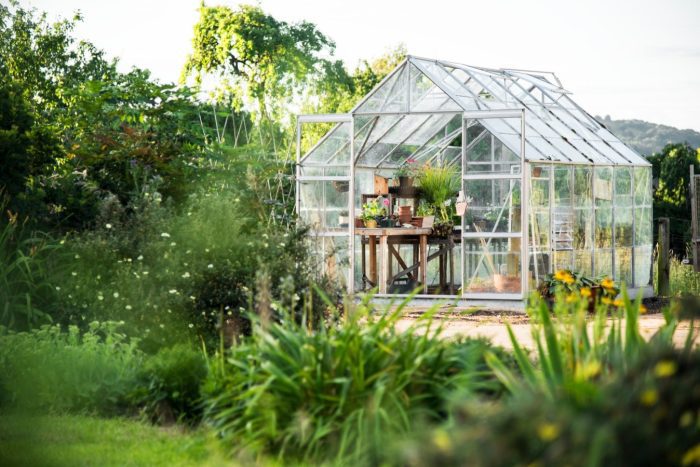
Contact the natural gardening specialists
Here at Envii, we live and breathe greener and more sustainable gardening. Our selection of unique products are sure to make your garden bloom this summer, and boost the quality of your crops!
Want to speak with one of our helpful team about your bespoke needs? If so, don’t hesitate to call us on 0124 624 0880 and we’ll be in touch.

 Call us on 01246 240880
Call us on 01246 240880 Free 48hr Delivery
Free 48hr Delivery Sign-up and receive 10% off
Sign-up and receive 10% off
